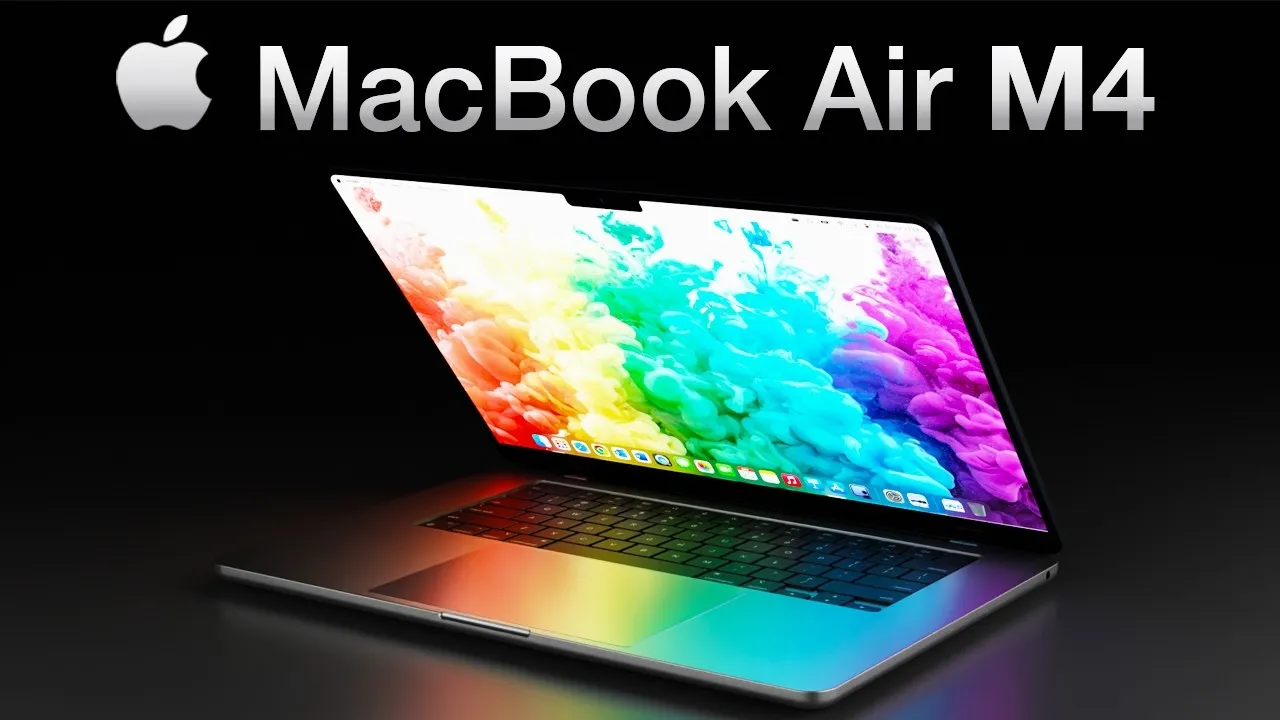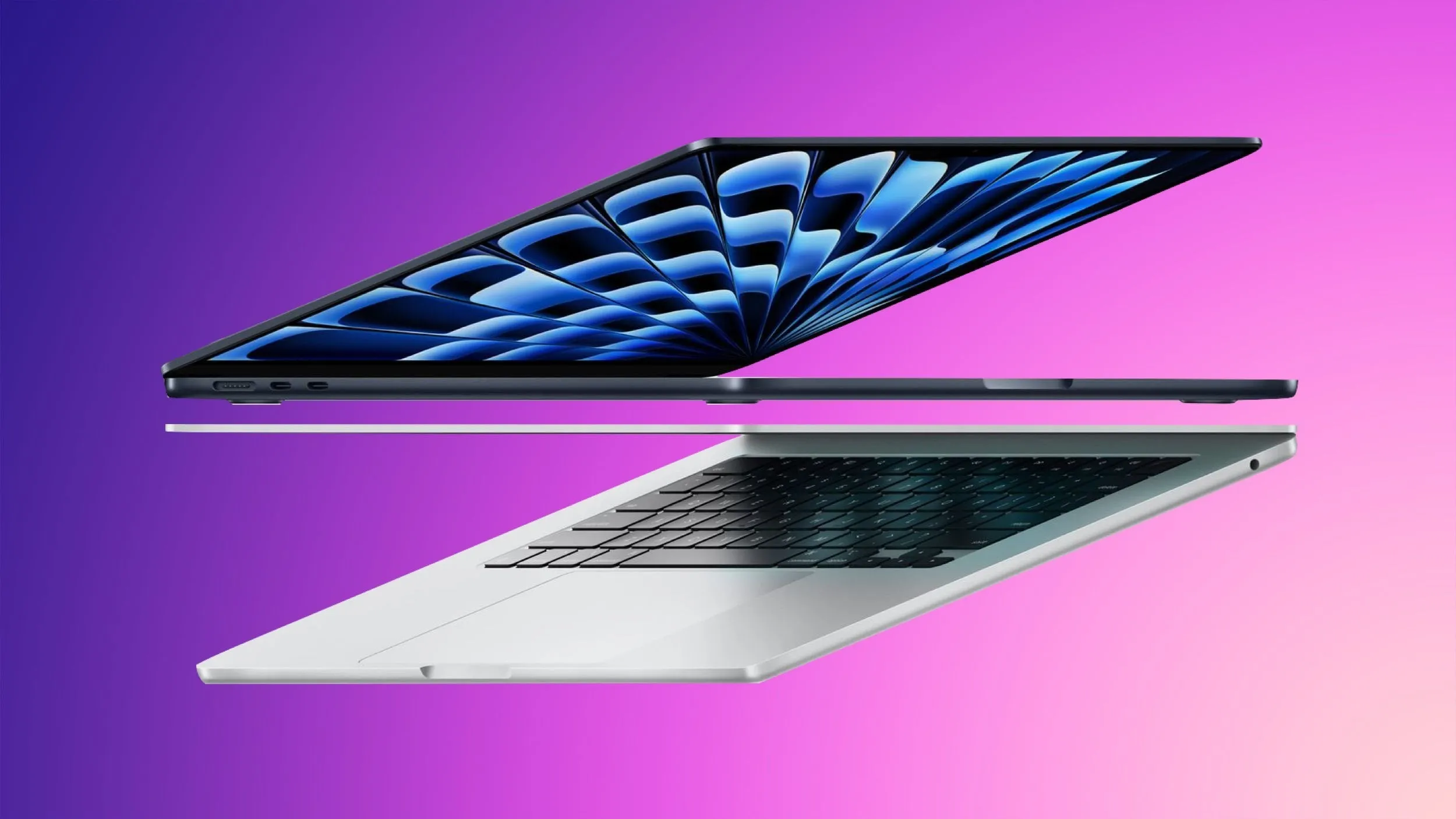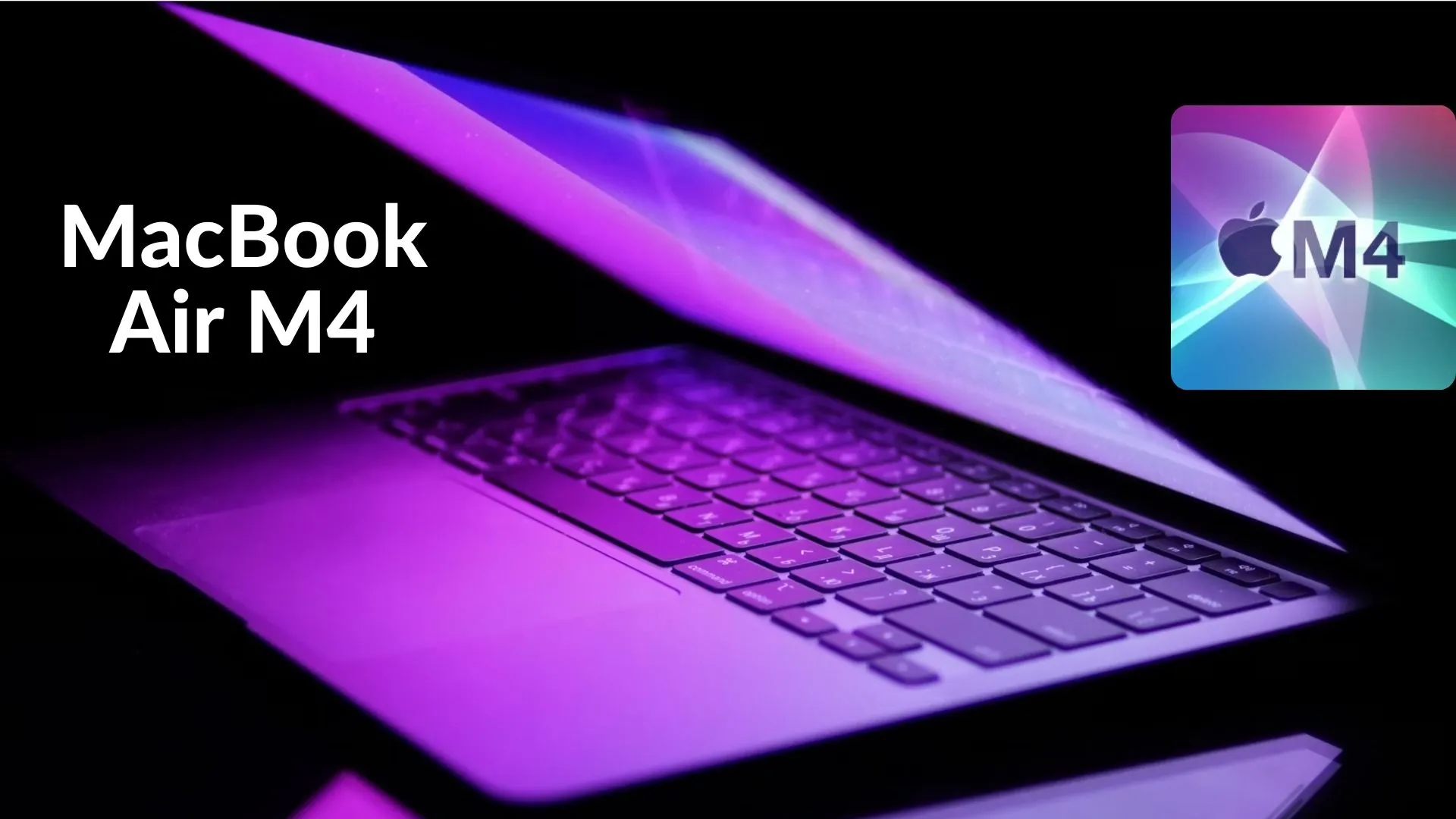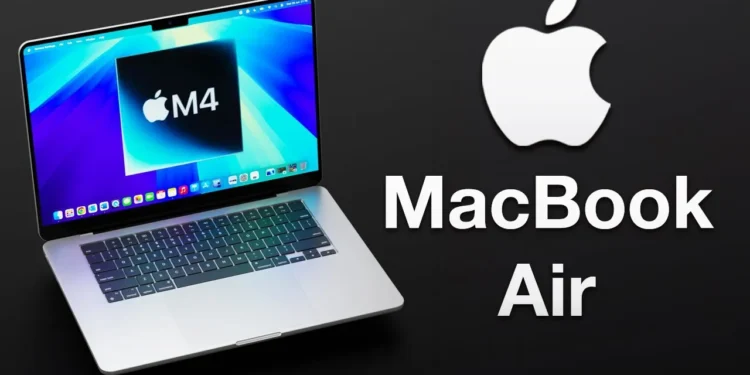As we tread further into the tech-savvy future, Apple continues to push the boundaries of laptop innovation. The MacBook Air, with its sleek design and powerful performance, has consistently been a go-to for tech enthusiasts and professionals alike. With the recent launch of the MacBook Air models powered by the M3 chip, speculation is rife about its successor, the MacBook Air M4, expected to debut in early 2025.

A Close Look at the Release Timeline
Mark Gurman of Bloomberg, a noted Apple tipster, predicts that the MacBook Air M4 could hit the shelves between January and March 2025. This timeframe aligns closely with Apple’s historical release patterns, notably the March 2024 release of the M3 MacBook Airs. While Apple’s release dates can vary—the MacBook Air M2 was a July arrival—the M4 models are highly anticipated to launch before the essential back-to-school period, making March a likely candidate for the release.
Design Continuity with a Touch of the Future
The MacBook Air M4 is rumored to maintain the aesthetic continuity of its predecessors, which have not seen a major redesign since 2022. Sources close to Apple, including Gurman, suggest that the new models, codenamed J713 and J714, will mirror the current design. This design strategy is not only characteristic of Apple’s approach to the MacBook but also speaks to the broader industry trend of prioritizing internal upgrades over external changes.

Expected Enhancements and Performance
The heart of the MacBook Air M4’s anticipated superiority lies in its processor—the Apple M4 chip, shared with the high-performance realms of the iPad Pro M4 and the MacBook Pro 14-inch M4. This chip boasts a 10-core CPU and GPU, alongside a Neural Engine capable of achieving 38 TOPS of AI performance, positioning it as a powerhouse in both efficiency and speed.
Performance benchmarks, such as Geekbench scores, show promising improvements over the M3 models. For instance, the MacBook Pro M4 outperforms its predecessor significantly in single-core tests and maintains a strong lead against competitors like the Dell XPS 13 and Asus ProArt PX13 in multi-core assessments.
While the MacBook Air models are fanless and thus more prone to thermal throttling, the M4 chip’s efficiency could minimize performance drops, ensuring that the MacBook Air M4 remains competitive. Additionally, the battery life of the MacBook Air M4 is expected to surpass that of the M3 models, potentially reaching up to 16 hours of usage, making it an ideal choice for long days away from power outlets.

What to Expect Moving Forward
As the tech community eagerly awaits the official announcement, it is wise to consider these insights with cautious optimism. Apple’s strategy often includes last-minute changes and updates, which could affect everything from the MacBook Air M4’s performance specs to its release date.
In the coming months, we will continue to monitor the development of the MacBook Air M4 and update our readers with the latest news and insights. For those planning their next tech upgrade, the MacBook Air M4 promises to be a compelling candidate, combining Apple’s signature design with next-generation tech advancements. Stay tuned for more updates as we follow the journey of the MacBook Air M4 toward its highly anticipated release.










